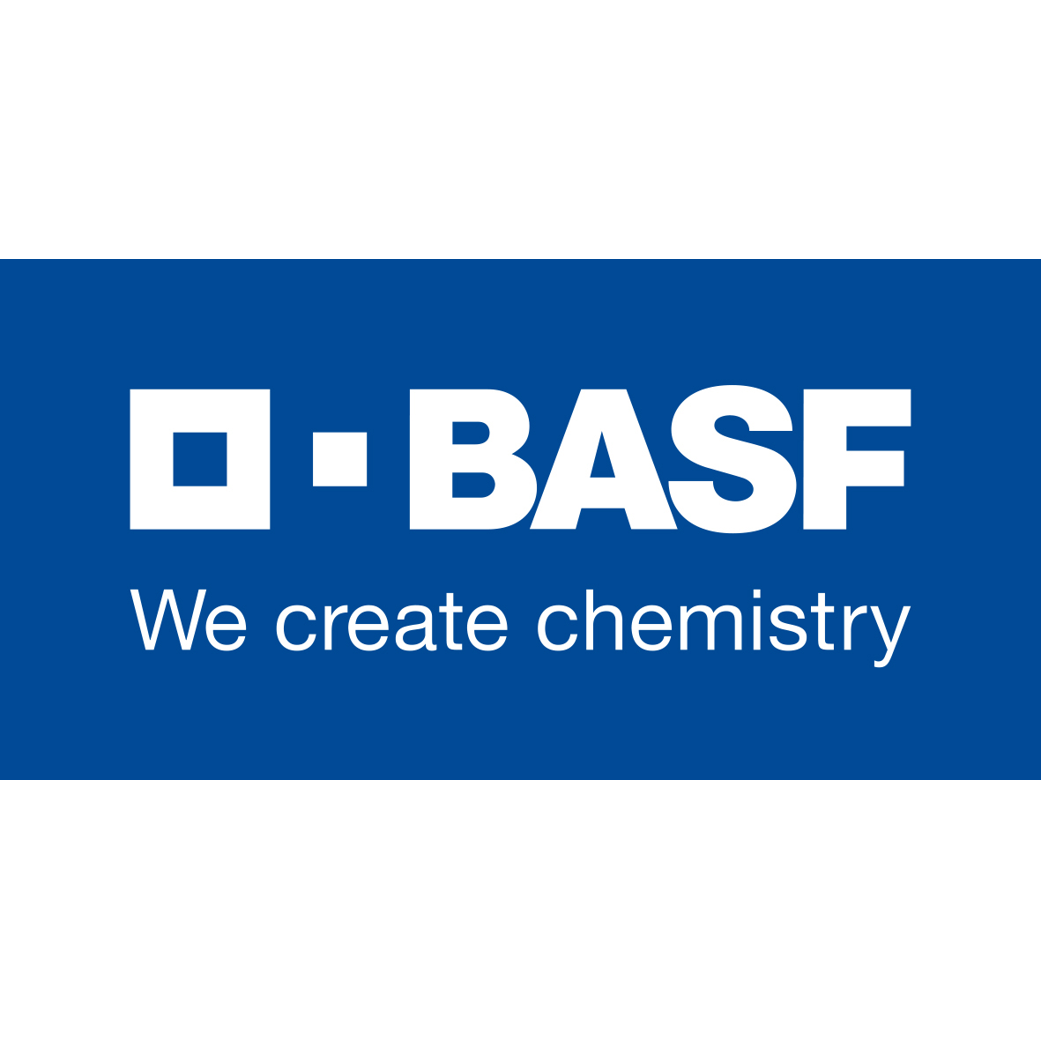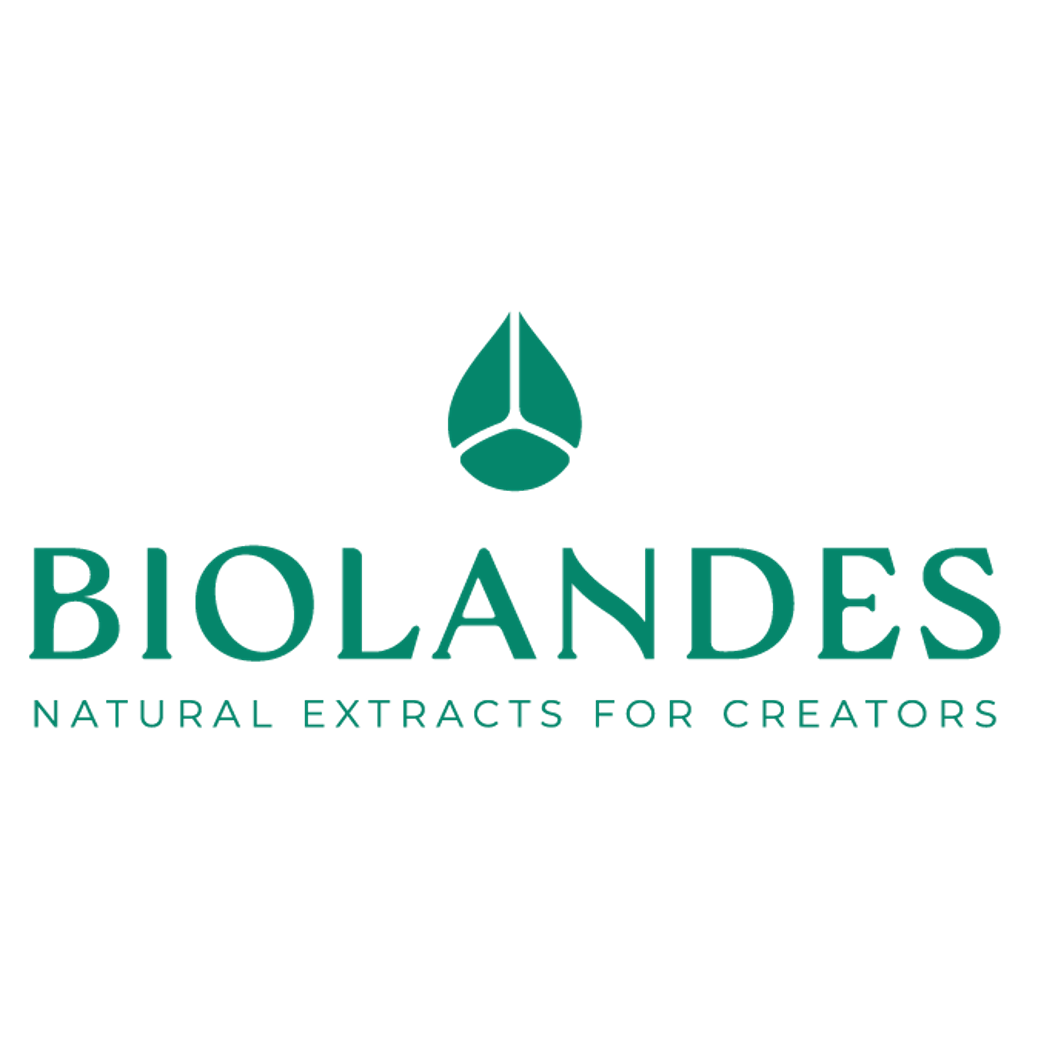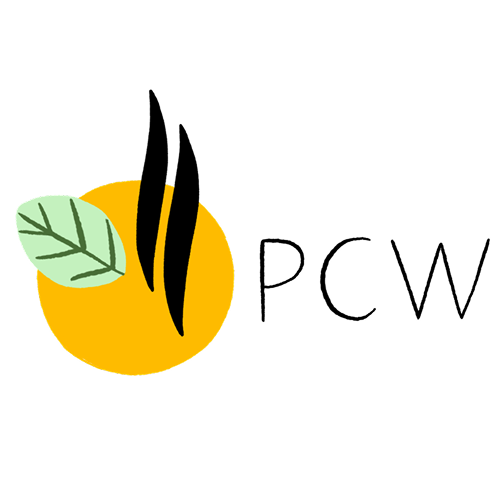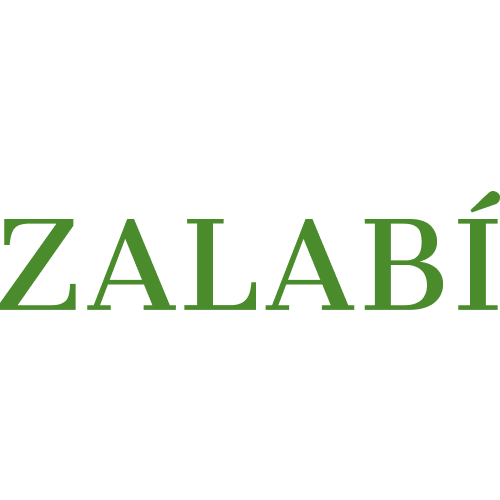
| Company | Ingredient Name | ID | Comments | Naturality | Certifications | MOQ | Latin name | Treated part | Geographical origin |
|---|---|---|---|---|---|---|---|---|---|
|
|
MENTHA CITRATA US | 957521 |
Visit website
|
Naturals | - | - | - | - | |
|
|
Menthe Citronée HE - 30gr | - |
Visit website
|
- | - | - | - | - | |
|
|
MINT CITRATA EO | - |
Visit website
|
- | 10 grs | - | - | - |
General Presentation
-
CAS N° :
85085-49-0 // 68917-15-7 -
EINECS number :
285-378-7 -
FEMA number :
Donnée indisponible.
-
Volatility :
Head -
Price Range :
€€
Physico-chemical properties
-
Appearance :
Colorless liquid -
Density :
0,881 - 0,911 @20°C -
Refractive Index @20°C :
Data not available. -
Optical rotation :
-
Vapor pressure :
0.02 mmHg @20°C (68°F) -
Flash Point :
74°C (165.2°F) -
Acid Value :
Botanical informations
Botanical name :
Mentha aquatica L.
Synonyms : Marrubium aquaticum (L.) Uspenski // Mentha acuta Opiz
Botanical profile :
Mint is a perennial herbaceous plant belonging to the Lamiaceae family and the genus Mentha L.
The Lamiaceae family is the most important family in perfumery, notably including lavenders, basils, mints, sages, rosemaries, patchoulys, and thymes.
Chemotypes :
There are about 190 accepted species within the genus Mentha L., all growing in temperate and subtropical regions of the world.
In perfumery, we use several species and we can group them according to their main components:
Carvone mints:
- Mentha spicata L.: Mentha spearmint oil / Mentha spearmint SFE / Mentha spearmint absolute
- Mentha longifolia L.: Mentha longifolia oil
Menthol mints:
- Mentha ×piperita L.: Mentha piperita oil / Mentha piperita SFE / Mentha piperita absolute
- Mentha arvensis L.: Mentha arvensis oil
Pulegone mints:
- Mentha pulegium L.: Mentha pulegium oil
Linalool mints:
- Mentha aquatica L.: Mentha citrata oil, also known as “Eau de Cologne Mint”
- Mentha ×gracilis Sole: Mentha gracilis oil
Extractions & Uses
Extraction process :
Mint gets its essential oil from its leaves. The mint fields contain thousands of plants, which can also be experimented with, by crossing two species of mint to easily obtain a new one. Before cultivation, strong drainage is necessary, under sunny weather. During cultivation, it is usually possible to harvest two crops from each plant. The plants are mowed just before flowering and then dried for 2 to 4 hours. The essential oil is extracted by steam distillation for about 2 hours. It is recovered at the outlet of the condenser by decanting in a florentine flask.
Uses in perfumery :
Bergamot mint is used in perfumery to bring a fresh and floral note, not so minty. It brings a delicate aromatic note.
Stability :
Linalyl Acetate found in this essential oil may form acetic acid.
Terpenes found in this essential oil my polymeriez under high oxydation.
Major Components :
- Linalyl acetate (57 - 63%)
- Linalool (22 - 25%)
- Alpha-terpineol (≈2%)
- Eucalyptol (≈2%)
- Linalool oxide (≈2%)
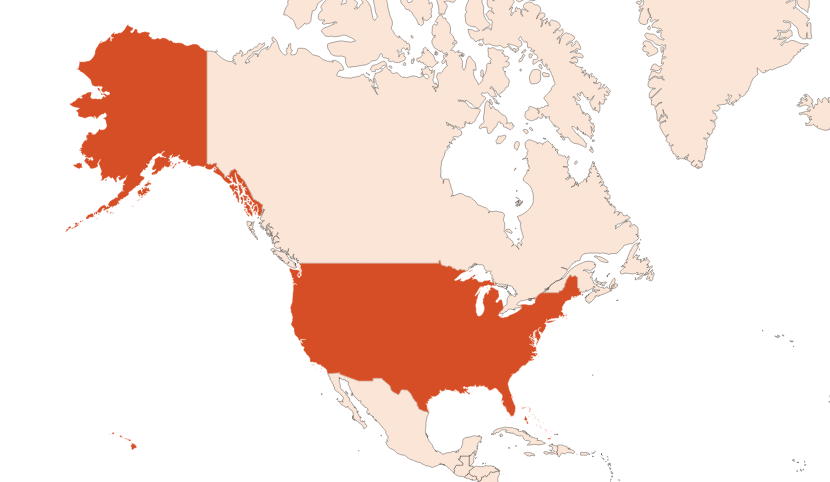
Photo credits: ScenTree SAS
Other comments :
Bergamot mint is also called ''Eau de Cologne '' mint because it contains a high dose of Linalyl Acetate, one of the main component of Bergamot EO.
The real Latin name of the Mentha citrata should be Mentha aquatica var. citrata, because it is a variety of aquatic mint. The classic variety was originally used to make peppermint (Peppermint EO), by crossing with Spearmint (Spearmint EO).
IFRA
IFRA 51th :
This ingredient is restricted by the 51th amendment





